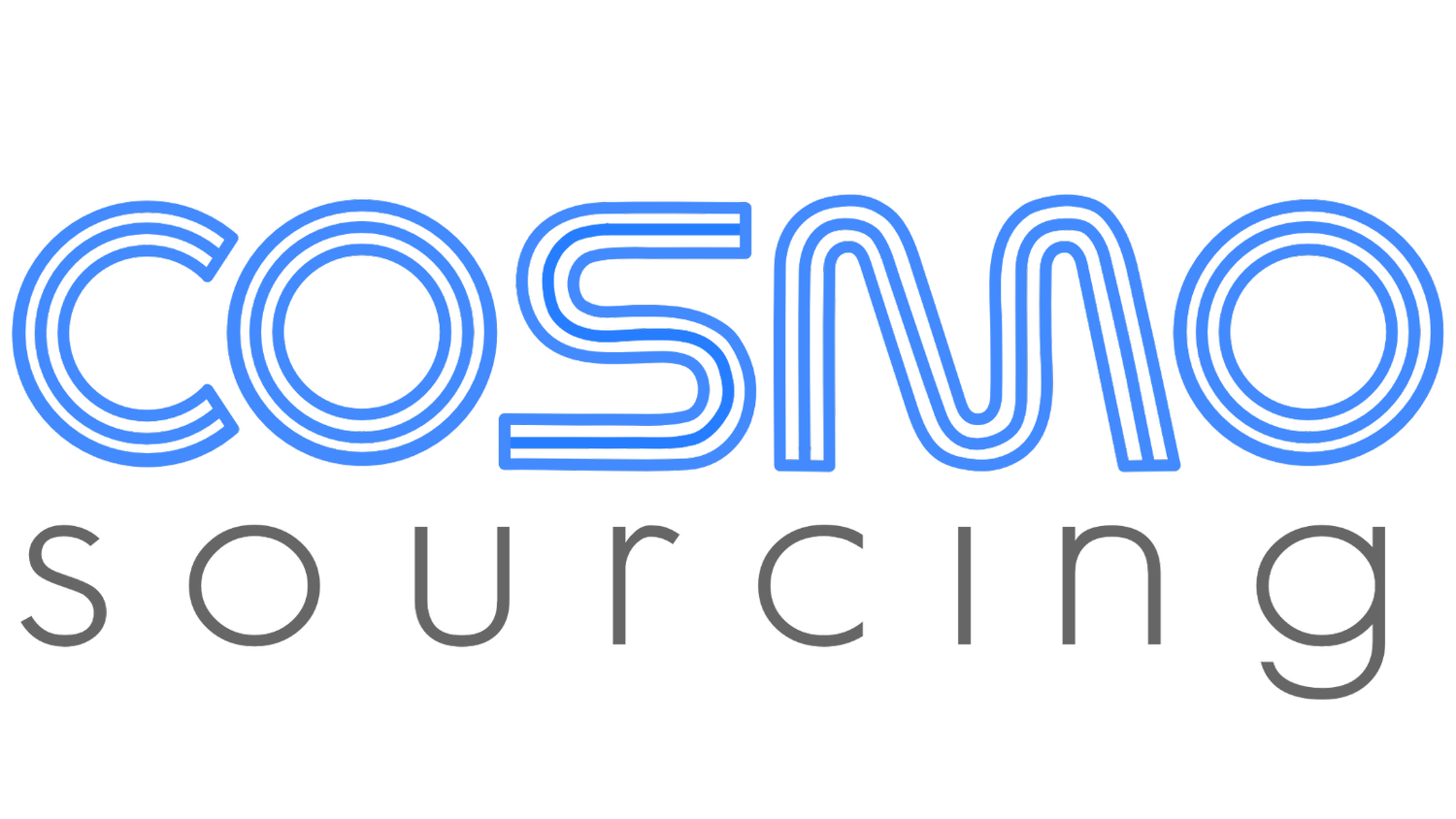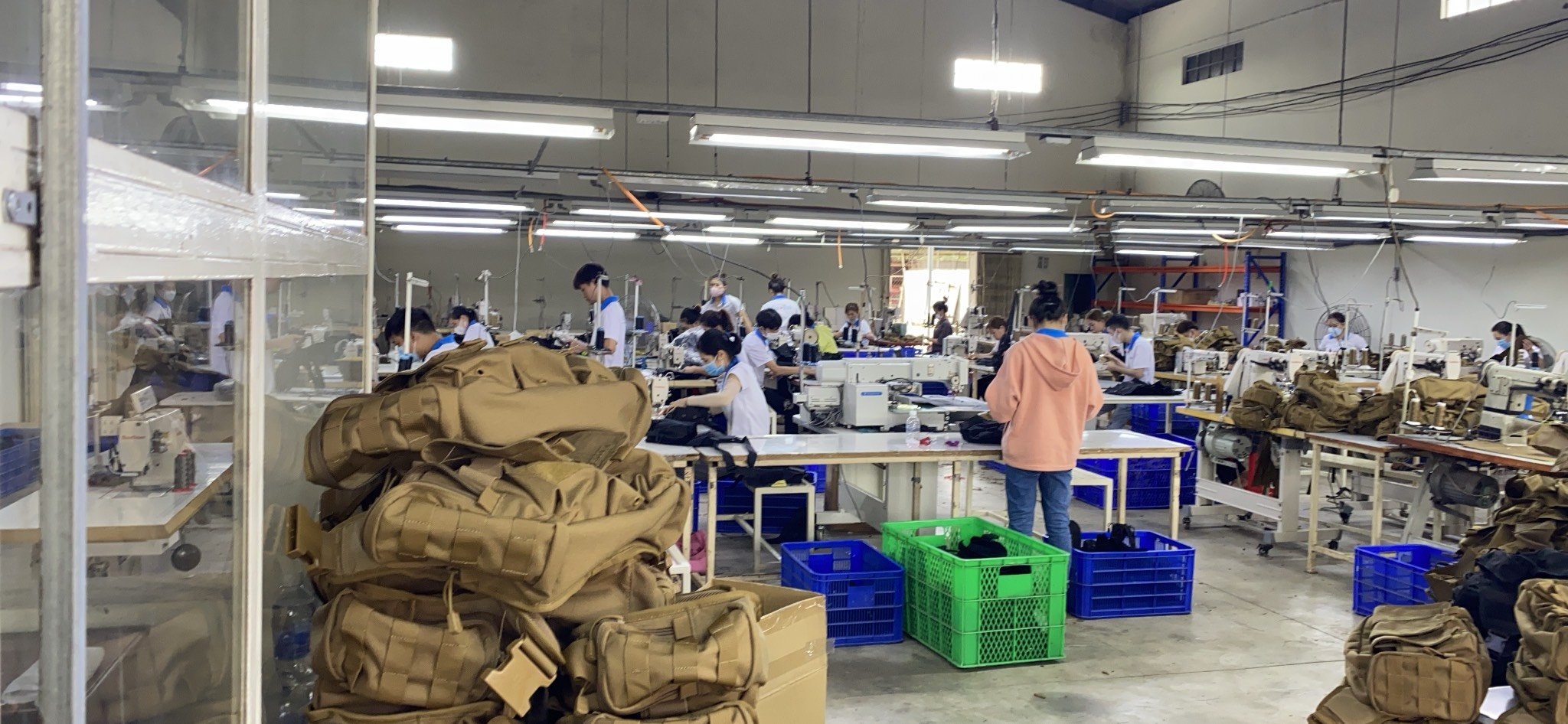The Top 12 Countries for Bags, Backpacks, and Luggage: A Global Manufacturing Guide
The global bags and luggage market has reached over $60 billion and is projected to hit $85 billion by 2030. China continues to dominate this landscape, producing 70% of the world's bags and luggage. However, smart brands are now adopting "China Plus One" strategies, maintaining Chinese suppliers while developing alternative manufacturing sources to enhance supply chain resilience, optimize costs, and leverage specialized capabilities.
This diversification trend has created opportunities in countries offering unique advantages in craftsmanship, cost-effectiveness, geographic proximity, and niche specializations. Rather than replacing China entirely, successful brands build multi-country sourcing strategies that leverage each region's strengths.
Key factors to consider when sourcing internationally include quality and craftsmanship, total cost of ownership, supplier reliability, lead times, scalability, access to raw materials, and compliance with social and environmental standards. The most successful sourcing strategies strike a balance among these factors across multiple manufacturing regions.
From a facotry tour for one of Cosmo Sourcing’s clients in Vietnam
What to Look for in a Manufacturing Country
Quality and craftsmanship remain paramount since poorly made products damage brand reputation and create costly returns. Look beyond unit prices to consider the total cost of ownership, including shipping, duties, and quality control expenses. Supplier reliability and communication capabilities have a direct impact on production schedules and the accuracy of specifications.
Lead times and scalability determine market responsiveness, while access to raw materials ensures production stability and consistency. Compliance with social and environmental standards has evolved from optional to essential for maintaining a strong brand reputation and gaining market access in developed countries.
Top Countries for Sourcing Bags, Backpacks, and Luggage
China: The Global Manufacturing Leader
China remains the world's dominant force in bag manufacturing, built on decades of infrastructure development and manufacturing expertise. The country produces everything from basic promotional bags to sophisticated luxury luggage with unmatched scale and efficiency.
Key Advantages:
Unparalleled manufacturing scale and capability diversity
Comprehensive supply chain integration and material access
World-class logistics infrastructure and established shipping routes
Competitive MOQs starting from 500-1,000 pieces with unlimited scalability
Most competitive pricing for high-volume, complex products
Primary Regions: Guangdong Province (Guangzhou, Shenzhen) for export-oriented manufacturing, Zhejiang Province for leather goods and premium luggage, and Fujian Province for outdoor and technical products.
Considerations: Longer lead times (6-8 weeks), trade tensions and tariff implications, need for robust quality control systems.
Vietnam: The Rising Manufacturing Powerhouse
Vietnam has emerged as a leading alternative to China, offering competitive pricing alongside impressive quality standards. The country has attracted substantial international investment, resulting in technology transfer and enhanced manufacturing capabilities.
Key Advantages:
Excellent quality standards with competitive pricing
Strong capabilities in technical backpacks and outdoor gear
Growing production capacity serving major international brands
Strategic Southeast Asian location with excellent shipping access
Trade advantages for the US and EU markets
Primary Regions: Ho Chi Minh City for export-oriented factories, Binh Duong Province for large-scale production, and Dong Nai Province for leather goods and technical products.
Typical Specs: MOQ 1,000-5,000 pieces, lead times 4-6 weeks, costs 10-20% higher than China but often justified by trade benefits.
India: Craftsmanship and Material Excellence
India brings centuries-old traditions in leather, canvas, and natural materials, creating skilled workforces capable of both mass-market and artisanal production. The country excels in authentic craftsmanship at competitive prices.
Key Advantages:
Exceptional leather goods and artisanal craftsmanship
Strong focus on eco-friendly materials (jute, hemp, organic cotton)
Competitive pricing for hand-finished and detailed work
Growing emphasis on ethical manufacturing and sustainability
Flexible MOQs suitable for smaller brands
Primary regions include Kolkata, known for its leather goods and jute products, Kanpur, which is India's leather capital, and Chennai, which is a hub for textile and synthetic bag manufacturing.
Typical Specs: MOQ 500-2,000 pieces, lead times 5-7 weeks, excellent value for craftsmanship-intensive products.
Bangladesh: Competitive Manufacturing at Scale
Bangladesh leverages its massive textile infrastructure to produce competitively priced bags, particularly those made from canvas, polyester, and nylon. The country excels in large-scale production, offering some of the world's most competitive pricing.
Key Advantages:
Most competitive global pricing (15-25% lower than Vietnam)
Excellent capabilities for high-volume, price-sensitive products
Established textile supply chains and an experienced workforce
Modern factory facilities are built for international brands
Strong performance in promotional bags and basic accessories
Primary Products: Canvas tote bags, promotional bags, school backpacks, fashion handbags, travel accessories.
Typical Specs: MOQ 3,000-5,000 pieces, lead times 6-8 weeks, optimal for budget-conscious, high-volume production.
Indonesia: Artisanal Excellence and Eco-Friendly Innovation
Indonesia has carved out a distinctive niche through artisanal craftsmanship and eco-friendly innovations. The country excels in unique, handcrafted bags made from natural materials like rattan, bamboo, and organic cotton.
Key Advantages:
Unique artisanal craftsmanship is impossible to replicate through mass production
Leadership in eco-friendly and sustainable materials
Premium positioning with compelling origin stories
Flexibility for custom designs and small-batch production
Growing larger-scale capabilities while maintaining quality
Primary Regions: Java for industrial production and logistics, Bali for artisanal and eco-friendly manufacturing.
Typical Specs: MOQ 300-1,500 pieces, lead times 4-6 weeks, ideal for boutique brands and premium positioning.
Turkey: European Quality and Proximity
Turkey occupies a unique position, boasting strong leather goods traditions, strategic European proximity, and a commitment to high-quality manufacturing standards. Turkish manufacturers compete directly with European-made products.
Key Advantages:
European-quality manufacturing standards and craftsmanship
Significant proximity advantages for European buyers (1-2 week shipping)
The EU customs union eliminates many trade barriers
Specialization in luxury luggage and premium travel accessories
Quick response capabilities for market changes
Primary Regions: Istanbul for commercial manufacturing and international connections, the Izmir region for leather goods specialization.
Typical Specs: MOQ 500-2,000 pieces, lead times 3-5 weeks, premium positioning with European market advantages.
Mexico: USMCA Advantages and Growing Capabilities
Mexico offers compelling advantages for North American buyers through USMCA trade benefits, geographic proximity, and rapidly growing manufacturing capabilities.
Key Advantages:
The USMCA trade agreement provides preferential market access
Fastest lead times available (2-4 weeks vs 6-8 weeks from Asia)
"Nearshoring" trend bringing significant investment and technology transfer
Cultural affinity and time zone alignment with North American buyers
Growing sophistication in synthetic and leather bag production
Primary regions include León, Mexico's leather capital, and Guadalajara, a major manufacturing hub with excellent infrastructure.
Typical Specs: MOQ 1,000-3,000 pieces, lead times 2-4 weeks, ideal for the North American market.
Country Comparison Table: Bags, Backpacks & Luggage Sourcing
| Country | Cost | Quality | MOQ* | Lead Time | Specialization |
|---|---|---|---|---|---|
| China | Low-Mid | Mid-High | 500–5,000+ | 30–60 days | All types, largest capacity, innovation |
| Vietnam | Low-Mid | High | 300–2,000 | 35–60 days | Technical packs, canvas/leather bags, quality luggage |
| India | Low-Mid | Mid-High | 200–1,000 | 45–75 days | Leather/canvas, fashion & artisan bags |
| Bangladesh | Low | Mid | 1,000–5,000 | 40–75 days | Textile/fabric, canvas, promotional bags |
| Indonesia | Mid | High | 300–1,000 | 45–75 days | Leather, artisanal, eco-friendly bags |
| Turkey | Mid | High | 200–1,000 | 30–50 days | Luxury, leather, proximity to Europe |
| Mexico | Mid | Mid-High | 200–1,000 | 20–45 days | Synthetic/leather, NAFTA/USMCA benefit |
| Thailand | Mid | Mid | 300–1,500 | 40–60 days | Beach/fashion bags, woven/fiber |
| Cambodia | Low | Mid | 1,000–2,500 | 45–80 days | Textile/fabric, lower labor costs |
| Philippines | Mid | Mid | 300–1,500 | 40–70 days | Natural fiber, niche eco bags |
*MOQ = Minimum Order Quantity. Data is indicative and may vary by factory and product type.
How to Vet and Select the Right Manufacturer
Thorough due diligence across multiple countries requires systematic evaluation. Prioritize factory audits and obtain internationally recognized certifications, such as ISO 9001, WRAP, or BSCI. Always request samples before placing large orders, and establish clear quality standards with the assistance of third-party inspection services.
Cultural understanding becomes crucial when managing multi-country strategies. Invest in relationship building and consider the cultural factors that affect business practices. On-the-ground support, including factory visits and the expertise of experienced sourcing agents, provides invaluable insights into actual capabilities and working conditions.
Success Stories and Best Practices
A premium outdoor gear brand successfully implemented a multi-country strategy, targeting China for complex, high-volume technical products, Vietnam for mid-volume items, and Indonesia for eco-friendly lines. This approach reduced risk while optimizing costs and capabilities across product categories.
A fashion accessories brand uses Mexico for fast-fashion requiring quick turnarounds, China for high-volume core products, and India for premium leather goods. This seasonal strategy enables rapid market response while maintaining cost competitiveness across their portfolio.
Common Pitfalls and Risk Mitigation
Intellectual property protection varies significantly between countries. Register trademarks and designs in manufacturing locations and work with reputable suppliers, respecting IP rights. Quality consistency across multiple suppliers requires robust global standards and consistent monitoring.
Currency fluctuations impact multi-country sourcing significantly. Consider hedging strategies and build currency risk into pricing models. Diversifying across countries with different currencies can reduce overall currency exposure.
Supply chain complexity increases with the involvement of multiple countries, necessitating sophisticated planning systems and expertise to manage coordination effectively.
How Cosmo Sourcing Can Help
Cosmo Sourcing brings extensive expertise across China, Vietnam, Southeast Asia, and Mexico to navigate the complex international sourcing of bags and luggage. Our comprehensive services include supplier identification across multiple countries, factory audits, transparent pricing analysis, and end-to-end project management.
We help brands develop multi-country sourcing strategies that optimize cost, quality, risk, and capabilities based on specific requirements. Our presence in key manufacturing regions enables us to provide real-time updates and respond to issues immediately, while our global perspective optimizes sourcing strategies across various regions.
Working with Cosmo Sourcing provides centralized project management combined with local expertise in each manufacturing region, delivering diversification benefits with single-partner efficiency.
Conclusion
The best approach to sourcing bags and luggage involves multi-country strategies that leverage each region's unique advantages. China remains essential for high-volume, complex products due to its unmatched scale and efficiency. Vietnam offers excellent quality as the primary alternative. India excels in craftsmanship and the use of natural materials. Bangladesh provides cost advantages for high-volume production. Indonesia brings artisanal capabilities and eco-friendly options. Turkey delivers European quality with the added advantage of proximity. Mexico offers North American trade benefits and speed.
Successful brands develop diversified sourcing strategies, optimizing different product categories across multiple regions, thereby providing supply chain resilience, cost optimization, and access to specialized capabilities that no single country can offer.
Take the Next Step in Your Sourcing Journey
Ready to explore strategic, multi-country bag and luggage sourcing opportunities? Contact Cosmo Sourcing for personalized advice tailored to your specific requirements. Our experienced team helps evaluate options across multiple countries, connect with qualified suppliers, and manage the entire process from concept to delivery.
Schedule a consultation to discuss your requirements and learn how we can help develop comprehensive sourcing strategies that leverage the best each manufacturing country has to offer. Let Cosmo Sourcing guide you to successful international manufacturing partnerships worldwide.

